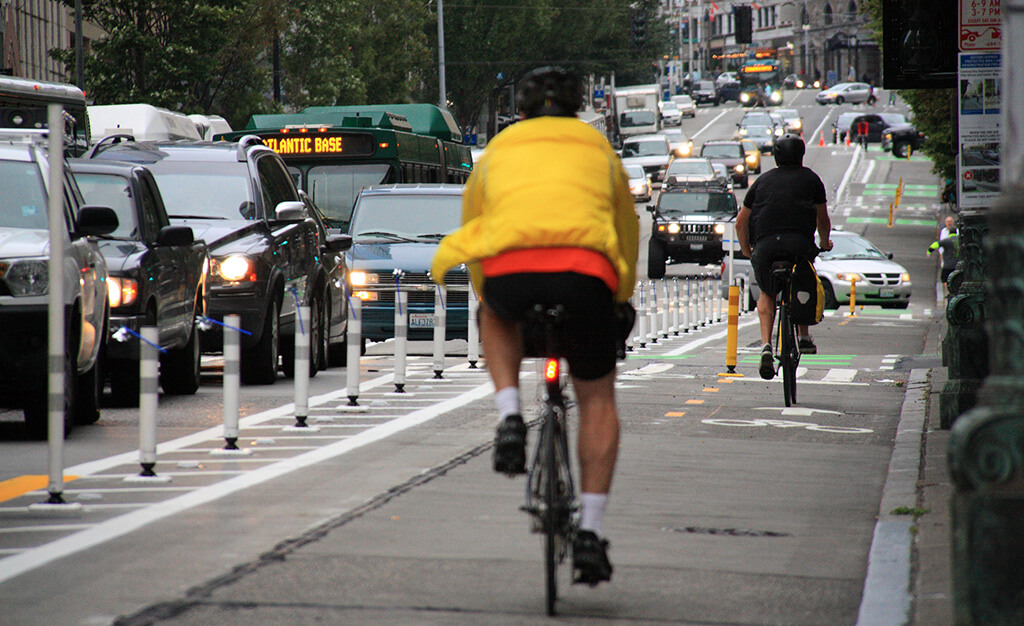Cycling is not just a means of transportation; it is an opportunity for exploration, exercise, and connection with the great outdoors. Whether you are a seasoned cyclist or a beginner looking to embark on new adventures, creating a well-planned cycling route can elevate your experience to new heights. Designing your cycling route allows you to tailor the journey to your preferences, taking you through picturesque landscapes, historic landmarks, or challenging terrains.
In this comprehensive guide, we will walk you through the step-by-step process of making a cycling route that will provide you with unforgettable memories and a sense of accomplishment. From choosing the right tools and resources to considering safety and convenience, let’s dive into the art of crafting the perfect cycling route.
Read also: Best Lightweight Folding Bikes For Adults
1. Define Your Objectives and Preferences
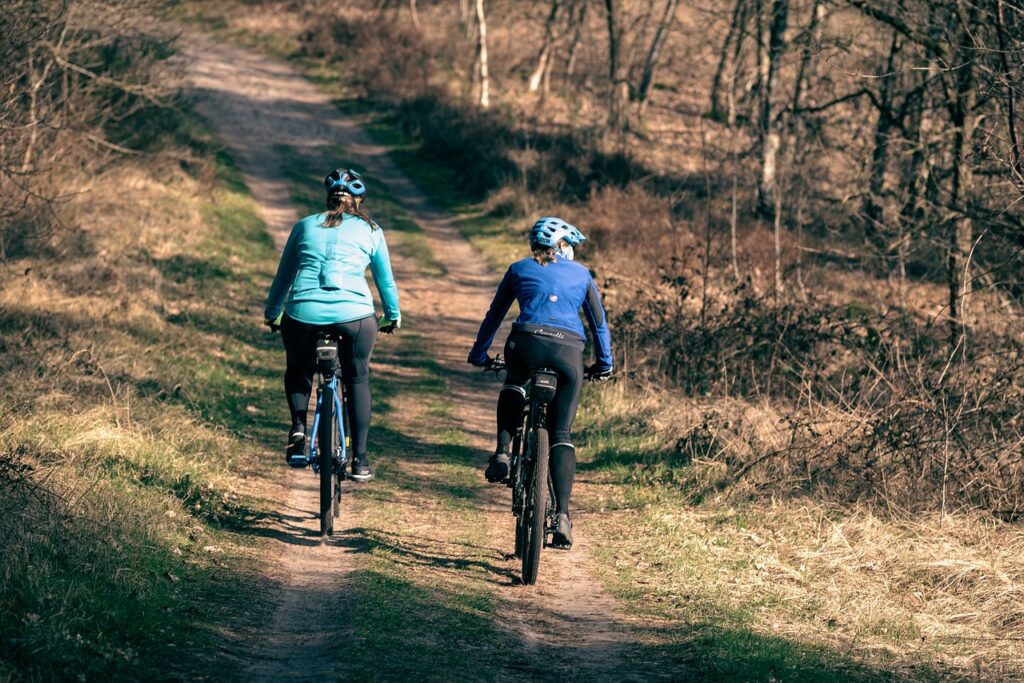
Before delving into the technicalities, start by identifying your objectives and preferences for the cycling route. Ask yourself what you hope to achieve through this ride – whether it’s exploring new scenery, challenging yourself physically, or simply enjoying a leisurely ride with friends. Consider the distance, difficulty level, and any specific points of interest you wish to include.
2. Utilize Online Mapping Tools

Modern technology has made the process of creating cycling routes incredibly convenient. Numerous online mapping tools, such as Google Maps, Strava, Komoot, and Ride with GPS, offer specialized features for cyclists. These tools allow you to plan your route, measure distance, explore elevation profiles, and even find popular cycling paths shared by other riders.
3. Study the Terrain and Elevation
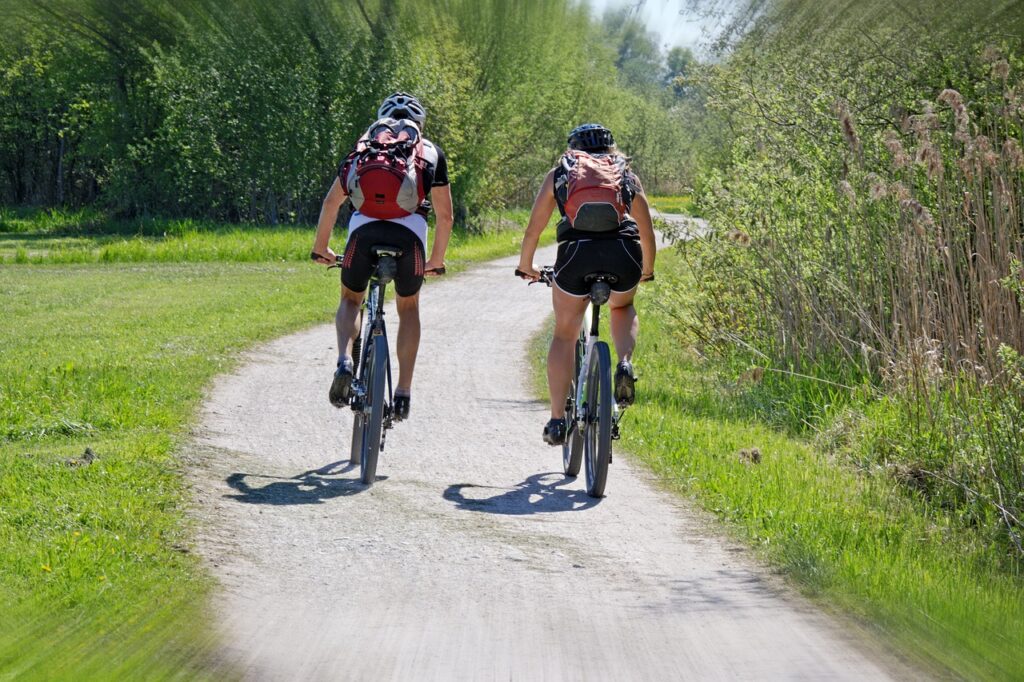
Understanding the terrain and elevation of your proposed cycling route is crucial for preparing yourself mentally and physically. Online mapping tools often provide elevation data, which helps you anticipate steep climbs or descents. Aim for a balanced route that includes both flat stretches and challenging hills, catering to your fitness level and preferences.
4. Choose Scenic and Safe Roads

One of the joys of cycling is immersing yourself in beautiful landscapes. When making your route, prioritize scenic roads that offer picturesque views, tranquil surroundings, and low traffic. Look for dedicated bike lanes or cycling paths to ensure safety during your ride.
Read also: What Are The Longest Cycle Routes In The World?
5. Consider Local Regulations

Before finalizing your route, familiarize yourself with local regulations and restrictions concerning cycling. Some areas may have specific rules for cyclists, such as designated cycling hours, helmet requirements, or restrictions on certain roads. Being aware of these guidelines will keep you in compliance and ensure a smooth ride.
6. Seek Local Insights and Recommendations
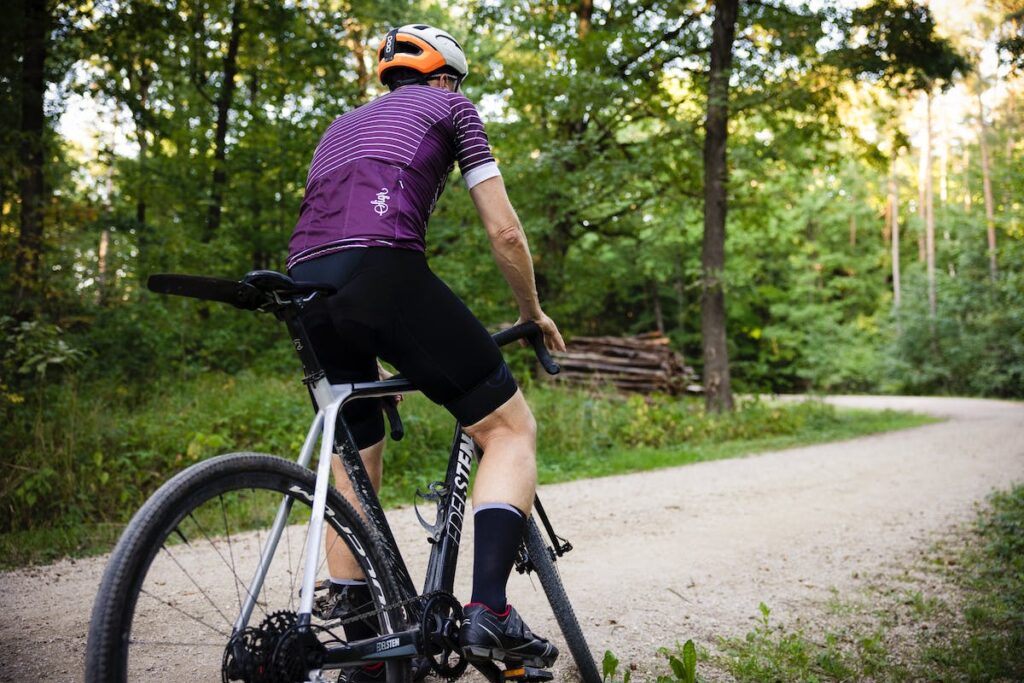
To discover hidden gems and lesser-known cycling routes, reach out to local cycling communities or inquire at nearby bike shops. Local cyclists can offer valuable insights and recommendations based on their experiences, helping you uncover off-the-beaten-path treasures.
7. Test Your Route
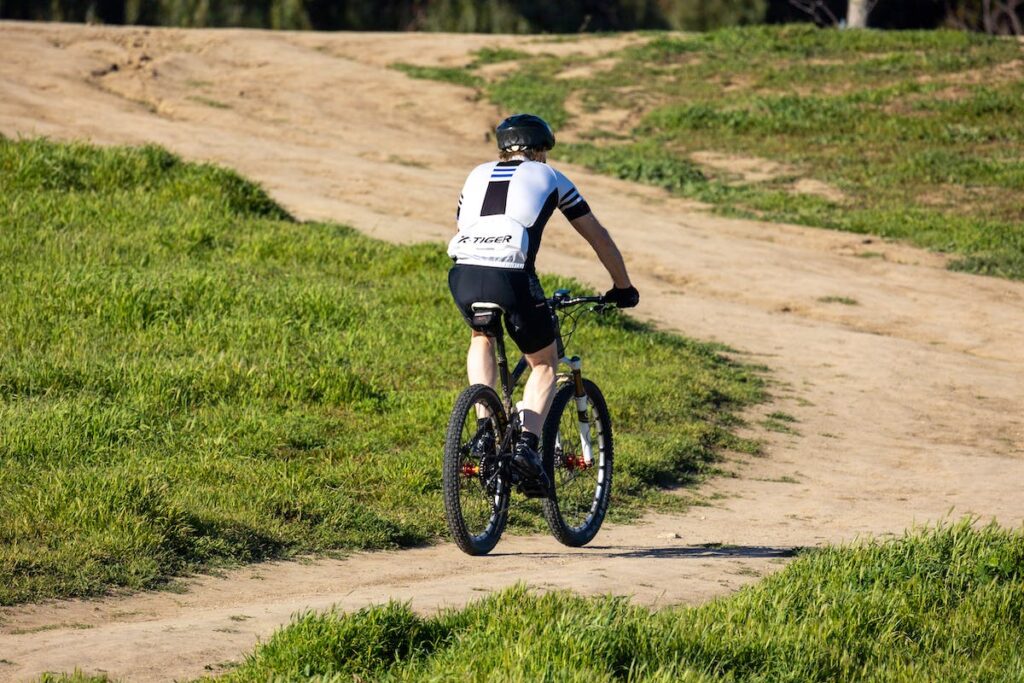
Before embarking on your planned cycling route, consider doing a test ride to assess its feasibility. Pay attention to any potential road hazards, confusing intersections, or areas with heavy traffic. Making adjustments based on your test ride will enhance the overall experience and mitigate any unforeseen challenges.
8. Prepare for Emergencies
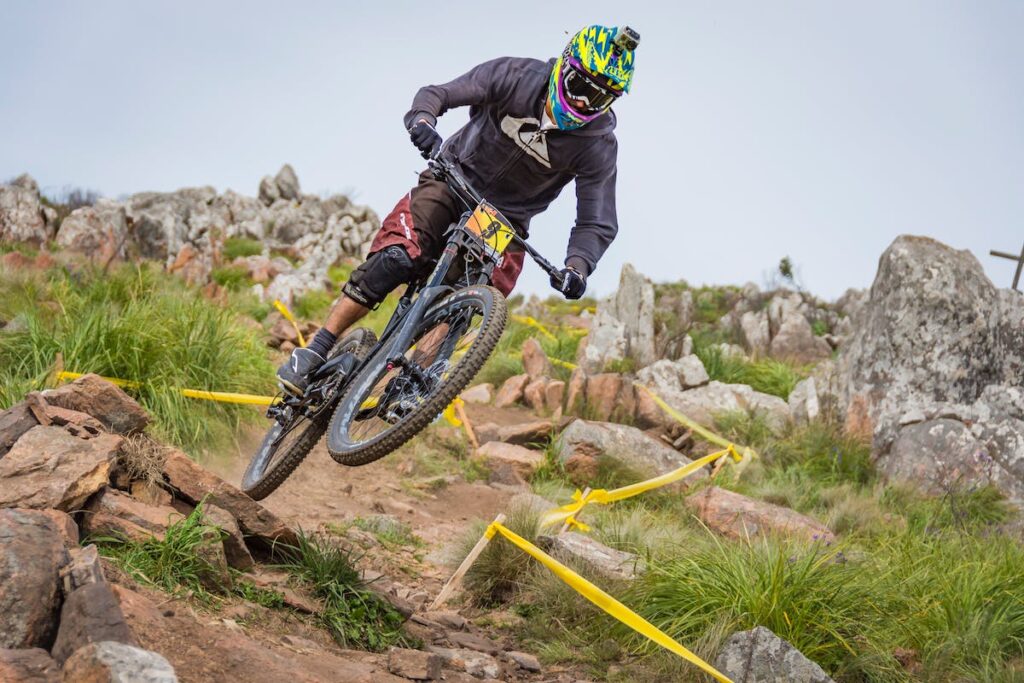
Safety should always be a top priority when cycling. Prepare for emergencies by carrying essential items like a first-aid kit, a puncture repair kit, and a fully charged mobile phone. Inform someone about your route and estimated time of return, especially if you’re cycling alone in a remote area.
Designing your cycling route is an exhilarating process that offers a personalized and rewarding cycling experience. By combining your preferences with modern mapping tools and local insights, you can craft a route that suits your fitness level, desired scenery, and cycling objectives. Remember to prioritize safety, seek out picturesque roads, and always be prepared for any unforeseen circumstances.
Whether you’re exploring the countryside, conquering challenging terrains, or embarking on a leisurely ride through the city, the process of creating a cycling route allows you to connect with the landscape and create lasting memories on two wheels.
Read also: How Do I Create A Cycling Route?
FAQ
- Is it necessary to use online mapping tools to create a cycling route?
While online mapping tools provide convenient features for planning cycling routes, they are not mandatory. You can also create routes using traditional paper maps, and local knowledge, or by exploring areas on foot or bike before your ride.
2. How do I find cycling paths or bike lanes in my area?
To find cycling paths or bike lanes in your area, consult local government websites, city maps, or cycling organizations. Many cities have dedicated cycling infrastructure that you can use to design your route.
3. Can I create a cycling route on hilly terrain if I’m a beginner?
It’s possible to create a cycling route on hilly terrain even if you’re a beginner. Start with shorter distances and moderate elevation gains, gradually building up to more challenging routes as your fitness and confidence improve.
4. How can I estimate the time it will take to complete my cycling route?
To estimate the time it will take to complete your cycling route, consider factors such as distance, terrain, and average cycling speed. A rough estimate is to calculate an average speed of 10-15 miles per hour (16-24 kilometers per hour) for leisurely rides and 15-20 miles per hour (24-32 kilometers per hour) for more experienced cyclists.

